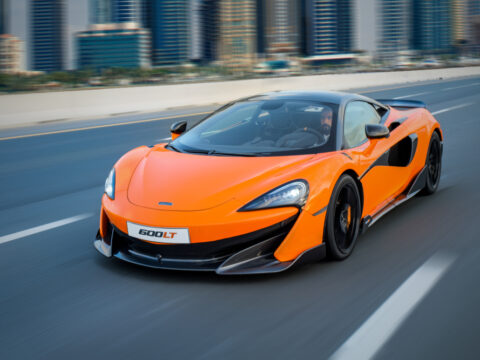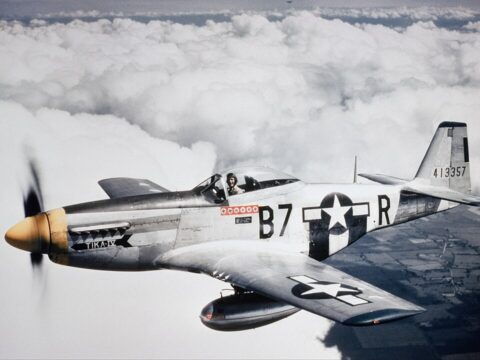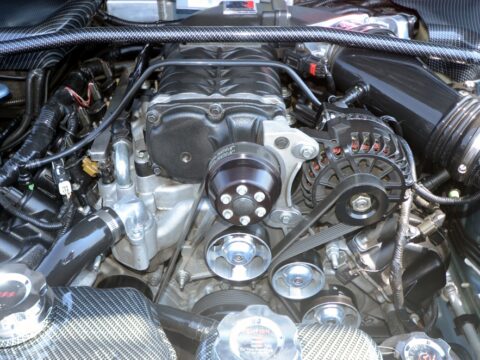The 1980s brought us some memorable luxury cars, but not all of them lived up to their promises. In this article, we’ll take a closer look at 25 luxury cars from the ’80s that, despite their high expectations, ended up disappointing enthusiasts and buyers alike. Whether it was due to design flaws, underwhelming performance, or simply not standing the test of time, these vehicles remind us that not all that glitters is gold.
Contents
Cadillac Cimarron
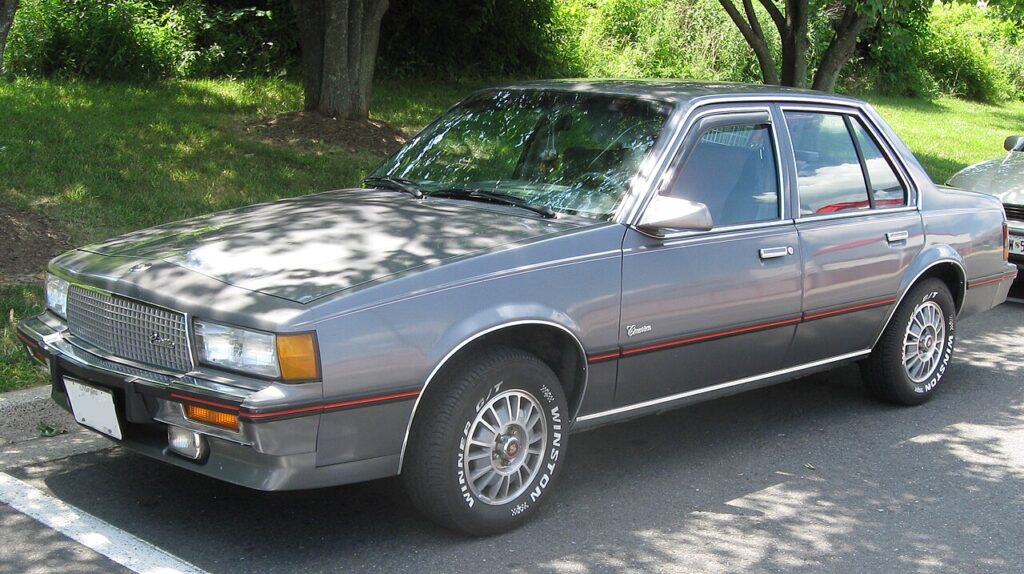
The Cadillac Cimarron was a prime example of a luxury car that missed the mark. Launched in 1982, it was essentially a rebadged Chevrolet Cavalier with some added trim, but it lacked the performance, comfort, and prestige expected of a Cadillac. With its underpowered 1.8-liter four-cylinder engine and uninspired design, the Cimarron was widely criticized for not living up to the Cadillac brand’s luxury standards, making it a commercial failure and a symbol of badge engineering gone wrong.
Aston Martin Lagonda
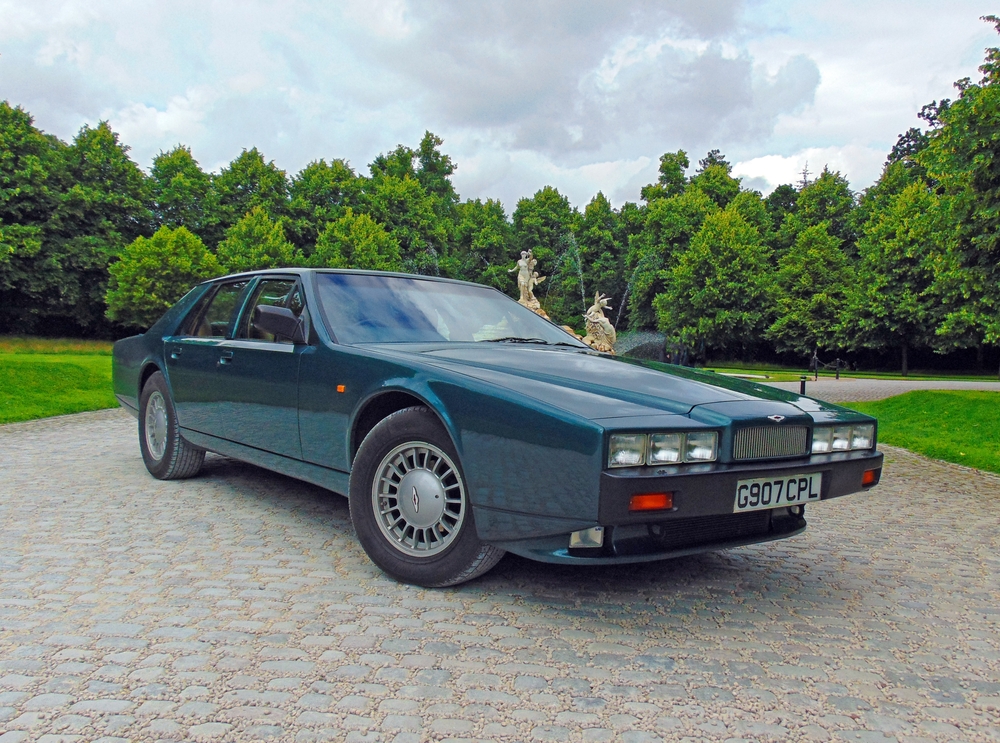
The Aston Martin Lagonda was an ambitious attempt to blend cutting-edge technology with luxury, but it fell short due to numerous technical issues. Introduced in 1976 and continuing into the ’80s, the Lagonda featured an avant-garde design and a futuristic digital dashboard, which was plagued by reliability problems. The car’s complex electronics frequently malfunctioned, and its heavy weight combined with a V8 engine led to poor handling and performance. Despite its bold look, the Lagonda became notorious for its mechanical gremlins, tarnishing Aston Martin’s reputation.
Maserati Biturbo
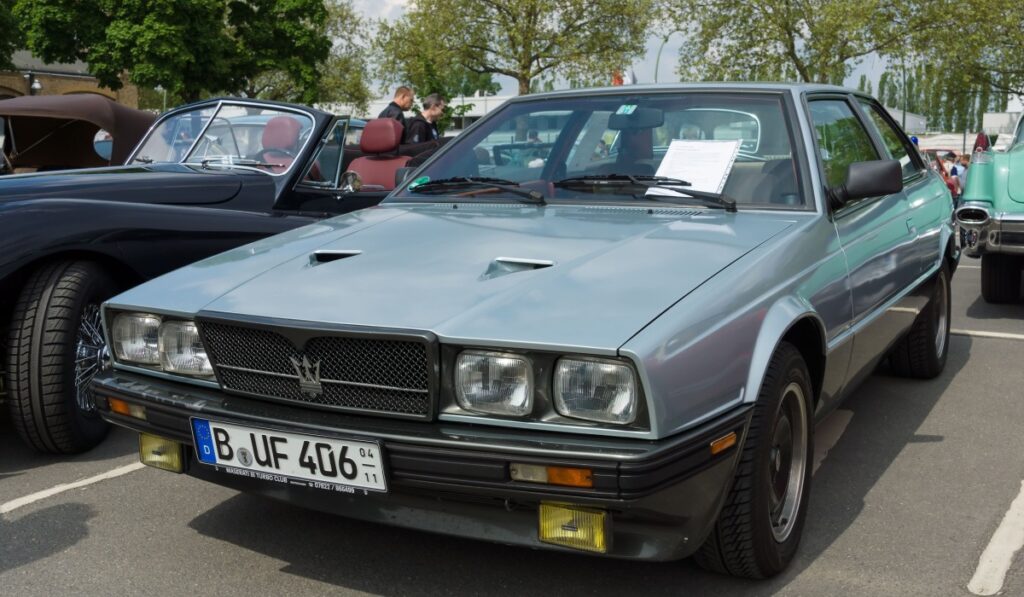
The Maserati Biturbo was intended to bring Italian luxury and performance to a broader audience, but it ultimately disappointed due to its lack of reliability. Launched in 1981, the Biturbo was powered by a twin-turbo V6 engine that delivered impressive performance on paper, but in reality, it was prone to overheating and mechanical failures. The car’s build quality was also subpar, with frequent electrical issues and interior components that felt cheap. These problems overshadowed its performance potential, leading to a tarnished reputation for Maserati during the decade.
Jaguar XJ6 (Series III)
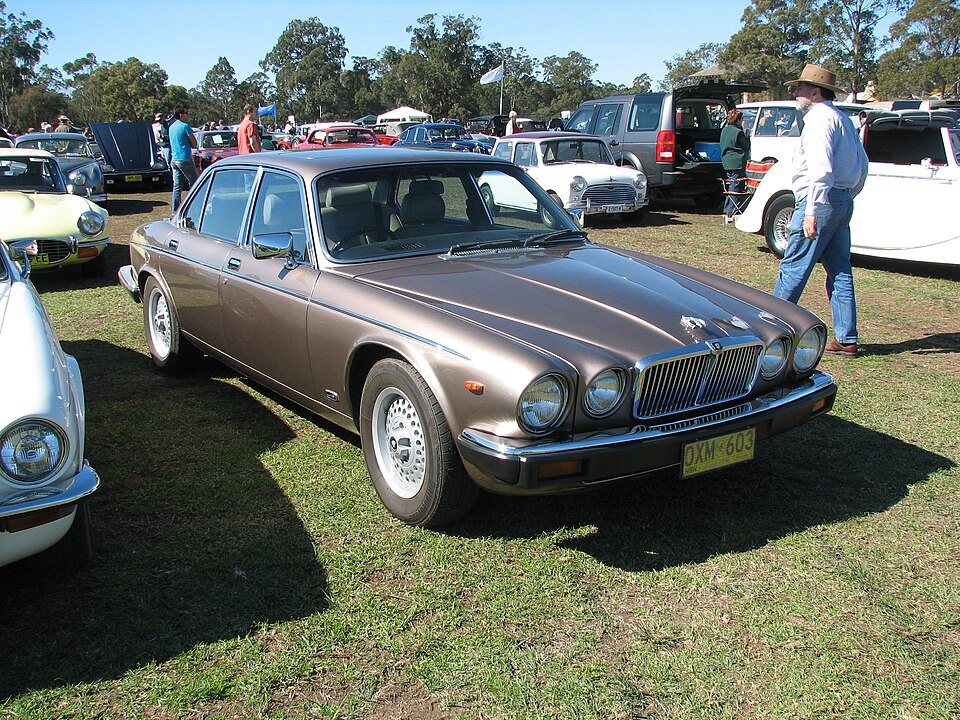
The Jaguar XJ6 Series III, though a continuation of the iconic XJ line, was plagued by quality control issues that overshadowed its luxurious appeal. While the exterior design was elegant and the interior plush, the car suffered from frequent mechanical failures, including problems with the electrical system and unreliable engines. The combination of these issues and the car’s high maintenance costs led to a decline in consumer confidence, making it one of the more disappointing luxury offerings from Jaguar in the ’80s.
Lincoln Continental Mark VII
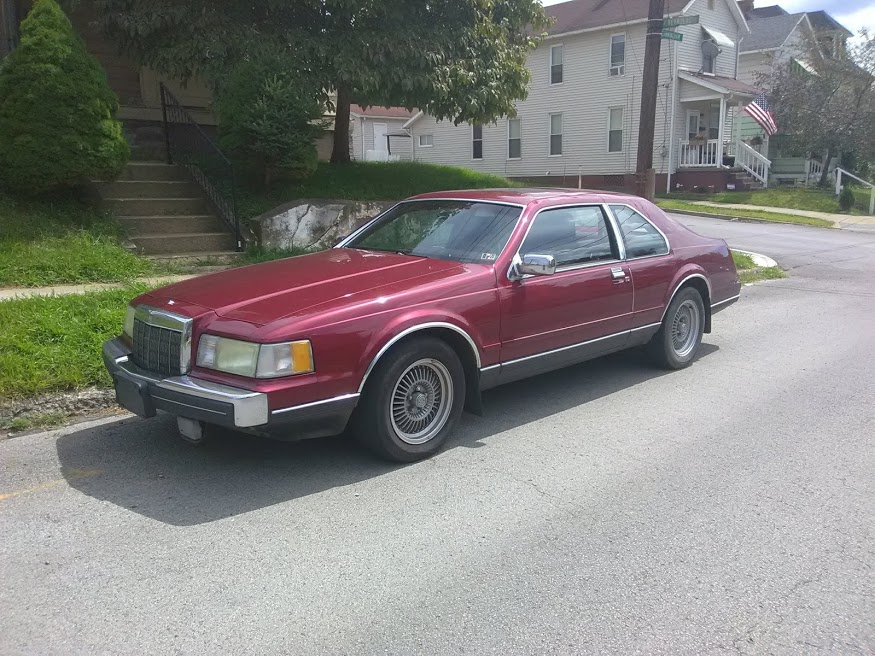
The Lincoln Continental Mark VII was an attempt to modernize Lincoln’s luxury lineup with a more aerodynamic design and advanced technology. However, despite its improvements, including an air suspension system and a more powerful 5.0-liter V8 engine, it failed to capture the market due to its bland styling and lingering issues with build quality. The Mark VII’s reputation was further hurt by its unreliable air suspension, which was costly to repair and often led to a harsh ride, disappointing those who expected traditional Lincoln luxury.
Chrysler TC by Maserati
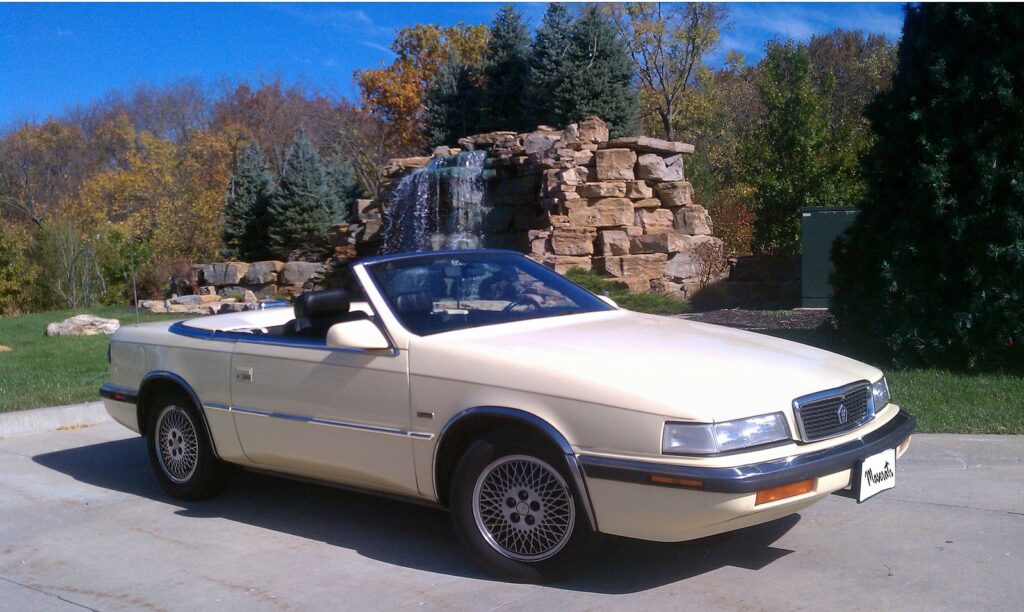
The Chrysler TC by Maserati was a collaboration that promised the best of both American and Italian engineering but delivered neither. Debuting in 1989, the TC was supposed to be an exotic roadster, but it ended up being a glorified Chrysler LeBaron with a higher price tag. Despite its Maserati branding, the car’s performance was underwhelming, with a choice of a modest turbocharged four-cylinder engine or a V6. The TC’s styling was uninspired, and it failed to offer the luxury or performance expected from either brand, resulting in poor sales and a tarnished reputation.
DeLorean DMC-12
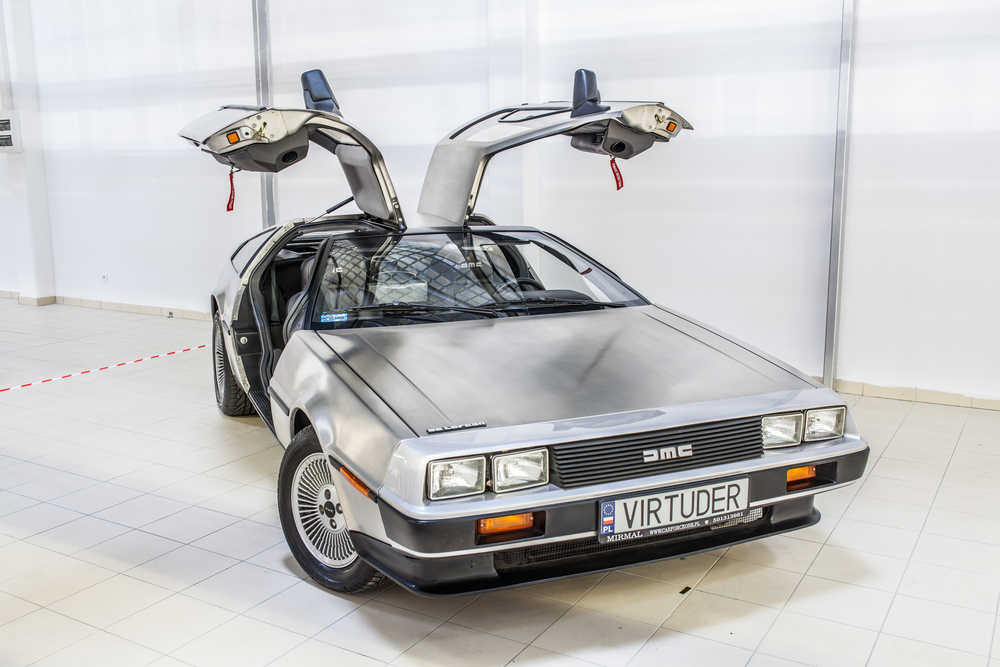
The DeLorean DMC-12, famous for its role in the “Back to the Future” films, was a luxury sports car that struggled with quality and performance. Launched in 1981, it featured a stainless steel body and gull-wing doors, giving it a futuristic look. However, the car’s 2.85-liter V6 engine was underpowered, and its handling was less than stellar. Moreover, the build quality was inconsistent, with reports of poor fit and finish. Despite its iconic design, the DMC-12’s shortcomings made it a commercial failure, with DeLorean Motor Company folding shortly after its release.
Ferrari Mondial 8
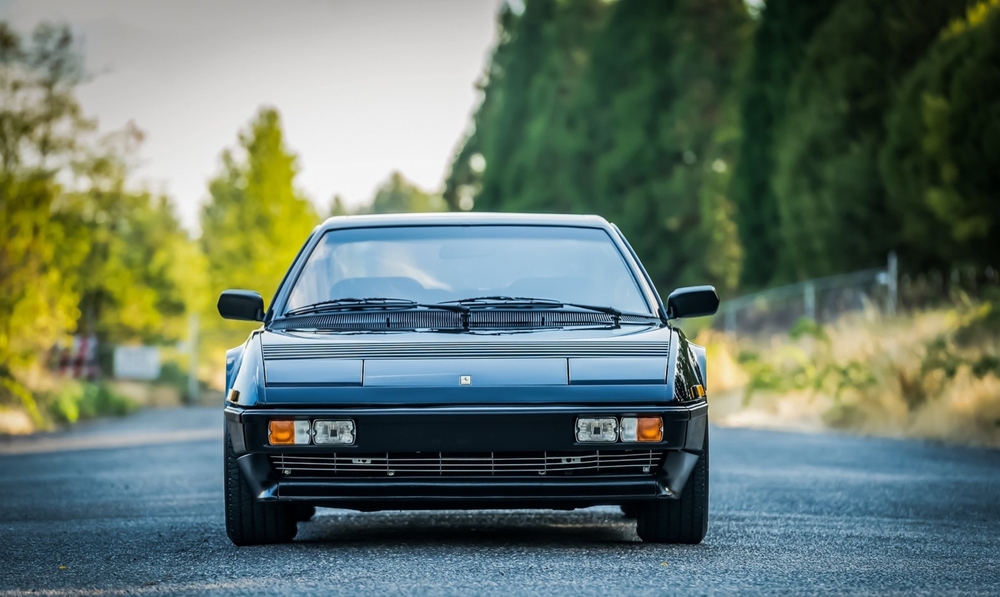
The Ferrari Mondial 8 was positioned as an entry-level Ferrari in the early ’80s, but it disappointed enthusiasts with its lackluster performance. The 3.0-liter V8 engine produced just 214 horsepower, which, combined with the car’s weight, resulted in sluggish acceleration compared to other Ferraris. Additionally, the Mondial’s styling was not as striking as other models from the brand, and its handling was criticized for being less precise. The Mondial 8 failed to capture the excitement and prestige typically associated with Ferrari, making it one of the brand’s more disappointing models.
Rolls-Royce Silver Spirit
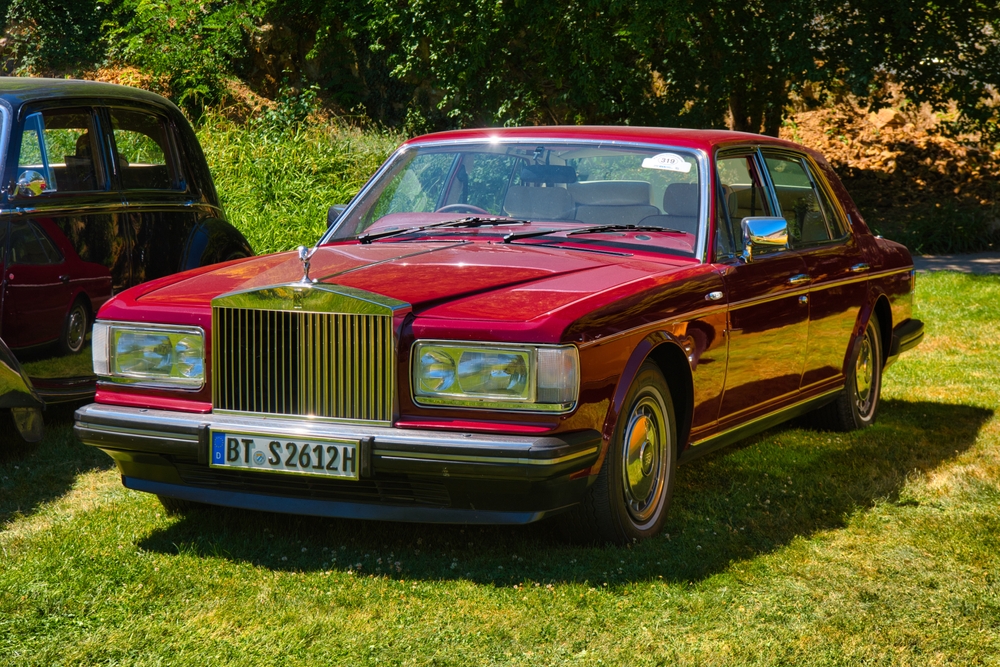
The Rolls-Royce Silver Spirit, introduced in 1980, aimed to continue the brand’s tradition of luxury, but it faced criticism for its lack of innovation and performance. While the Silver Spirit was undeniably luxurious, with a plush interior and a smooth ride, it carried over much of its technology from the previous Silver Shadow model, including the 6.75-liter V8 engine. The car was also heavy and somewhat sluggish, lacking the refinement and advancements expected from Rolls-Royce at the time. This led to a perception that the Silver Spirit was more of a step backward than a leap forward in luxury.
Cadillac Allanté
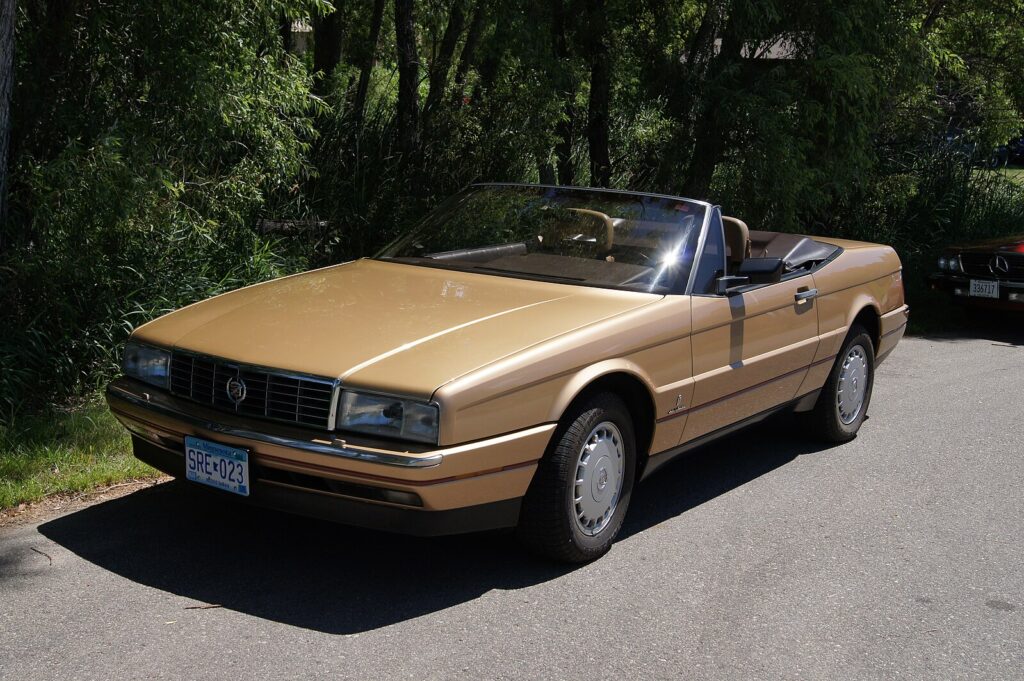
The Cadillac Allanté was a bold attempt by Cadillac to compete with European luxury roadsters, but it ultimately fell short. Produced from 1987 to 1993, the Allanté was designed and partially assembled in Italy by Pininfarina, then shipped to the U.S. for final assembly. Despite its exotic origins, the car was plagued by an underpowered 4.1-liter V8 engine and a front-wheel-drive layout, which didn’t appeal to sports car enthusiasts. The Allanté’s high price tag, combined with its unimpressive performance and reliability issues, led to its commercial failure, disappointing Cadillac’s hopes of reclaiming luxury dominance.
Lotus Esprit Turbo
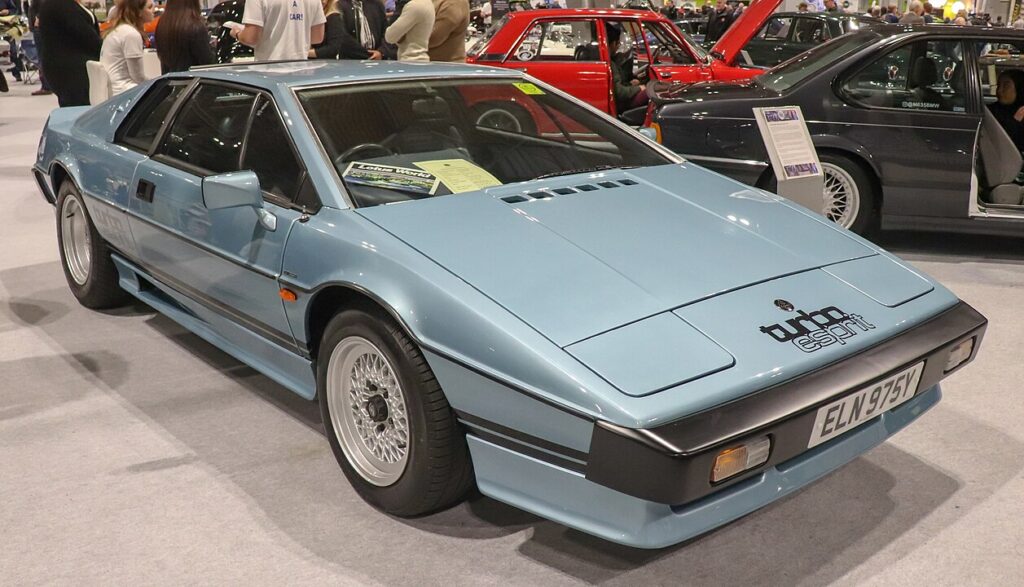
The Lotus Esprit Turbo was an iconic sports car of the ’80s, but it was far from perfect. While it featured a powerful turbocharged engine that provided exhilarating performance, the car was notoriously unreliable. Build quality was inconsistent, and the Esprit’s interior, though stylish, was cramped and prone to wear. Additionally, the car’s handling, while sharp, was sometimes unpredictable due to its mid-engine layout. These issues, along with high maintenance costs, made the Esprit Turbo a disappointment for many luxury sports car buyers of the era.
Buick Reatta
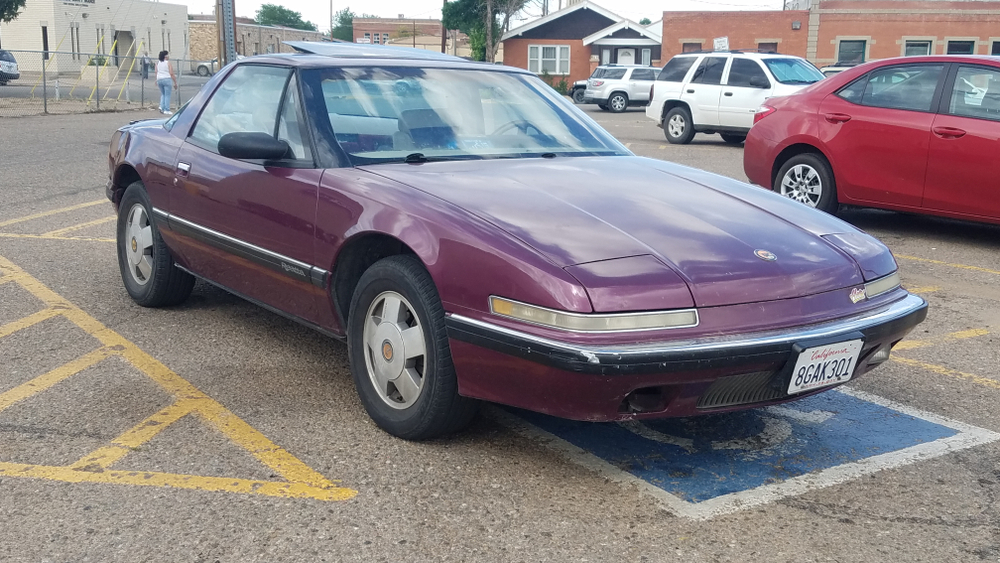
The Buick Reatta was Buick’s attempt to create a luxurious, two-seater coupe with advanced technology, but it missed the mark. Launched in 1988, the Reatta featured digital instrumentation and a touchscreen control system, which was innovative for its time. However, its 3.8-liter V6 engine was underwhelming, providing modest performance that didn’t match its sporty aspirations. The Reatta’s styling was also considered conservative, and it failed to attract younger buyers. Its high price and lack of a clear market niche led to disappointing sales, and the model was discontinued after just a few years.
Alfa Romeo Milano
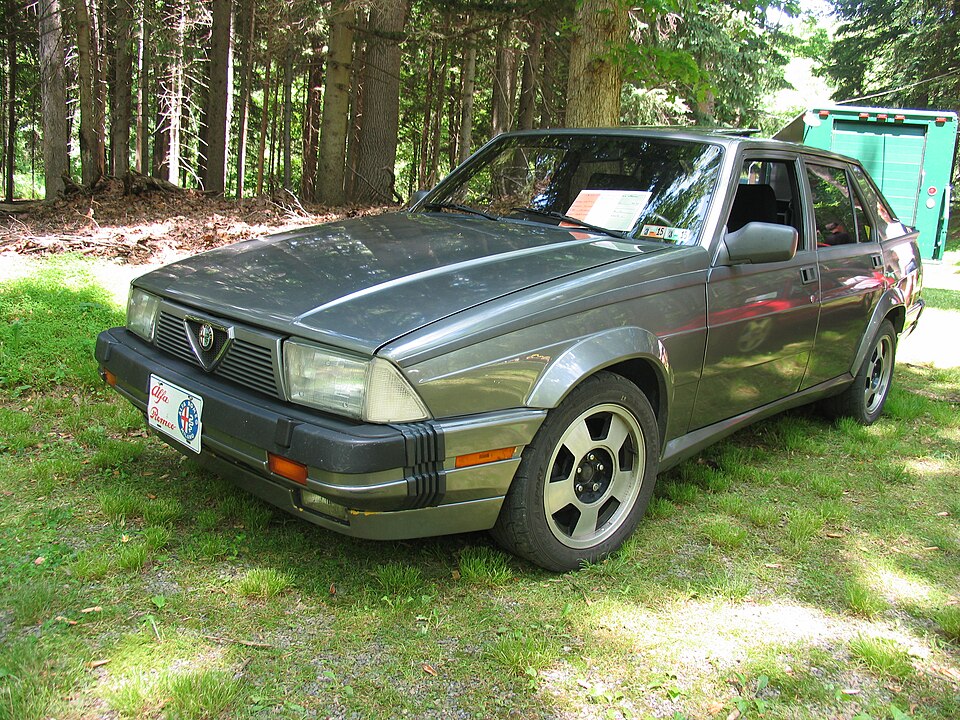
The Alfa Romeo Milano, known as the 75 in Europe, was a luxury sedan with sporty intentions, but it failed to deliver the reliability and refinement expected in the segment. Introduced in 1985, the Milano featured a rear-mounted transaxle for balanced handling and a range of engines, including a 2.5-liter V6. However, the car was plagued by poor build quality, frequent electrical issues, and a harsh ride. While the Milano had its fans for its driving dynamics, its numerous flaws made it a disappointing choice for luxury car buyers seeking reliability and comfort.
Bentley Mulsanne Turbo
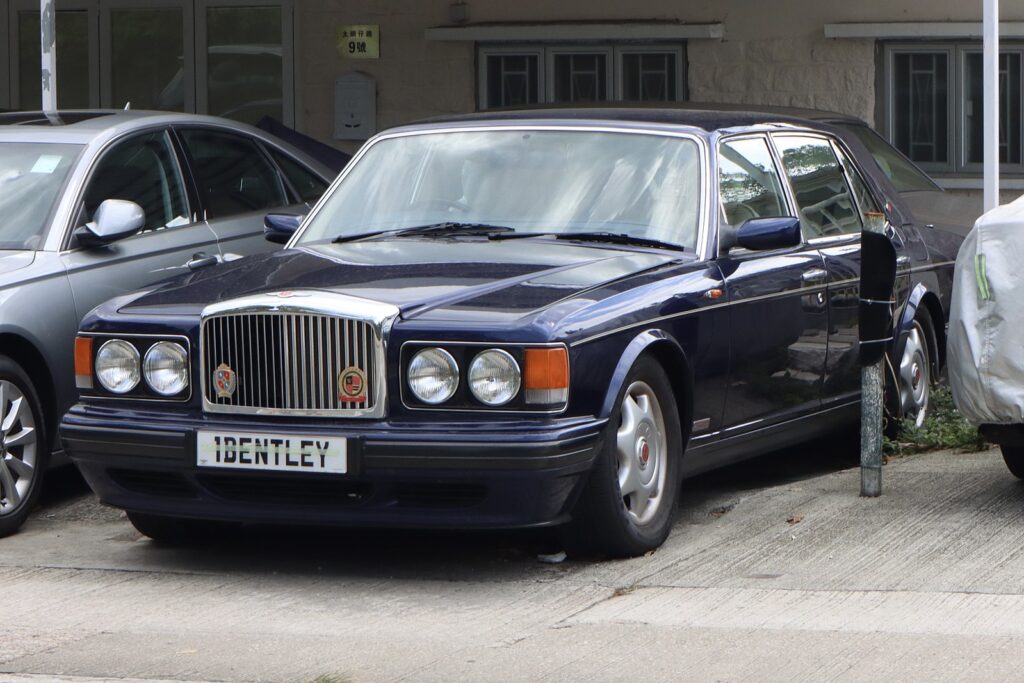
The Bentley Mulsanne Turbo was introduced in 1982 as a high-performance luxury sedan, but it struggled to meet expectations. While its turbocharged 6.75-liter V8 engine delivered impressive power, the Mulsanne Turbo was heavy and difficult to handle, particularly in tight corners. The car’s interior was lavish, as expected from Bentley, but the ride quality was compromised by the stiff suspension needed to support its performance. Additionally, the Mulsanne Turbo suffered from reliability issues, making it a costly and frustrating ownership experience for those who expected seamless luxury from Bentley.
BMW 8 Series (E31)

The BMW 8 Series E31, launched in 1989, was intended to be the pinnacle of BMW luxury and performance, but it fell short in several areas. While it boasted advanced features like a multi-link rear suspension and a V12 engine, the 8 Series was incredibly expensive and heavier than anticipated, which dulled its performance. The complex electronics also led to frequent maintenance issues, and the car’s styling, though sleek, didn’t appeal to everyone. These factors, combined with a global recession, resulted in disappointing sales, making the E31 a luxury car that didn’t quite hit the mark.
Mercedes-Benz 190E 2.3-16
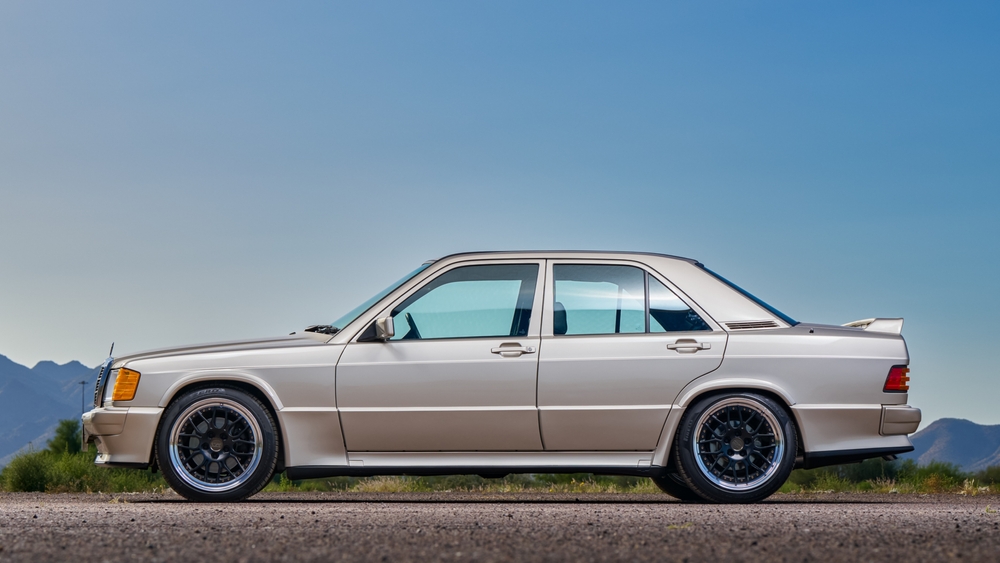
The Mercedes-Benz 190E 2.3-16 was a high-performance variant of the 190E, designed to compete in motorsports, but it failed to live up to the hype. Introduced in 1984, it featured a 2.3-liter four-cylinder engine with a Cosworth-designed cylinder head, promising exceptional performance. However, the car was heavy, and its performance, while good, wasn’t as thrilling as anticipated. The 190E 2.3-16 also struggled with reliability issues, particularly with its complex electronics. While it had its fans, the car didn’t achieve the iconic status Mercedes-Benz had hoped for, making it a relative disappointment.
Pontiac 6000 STE
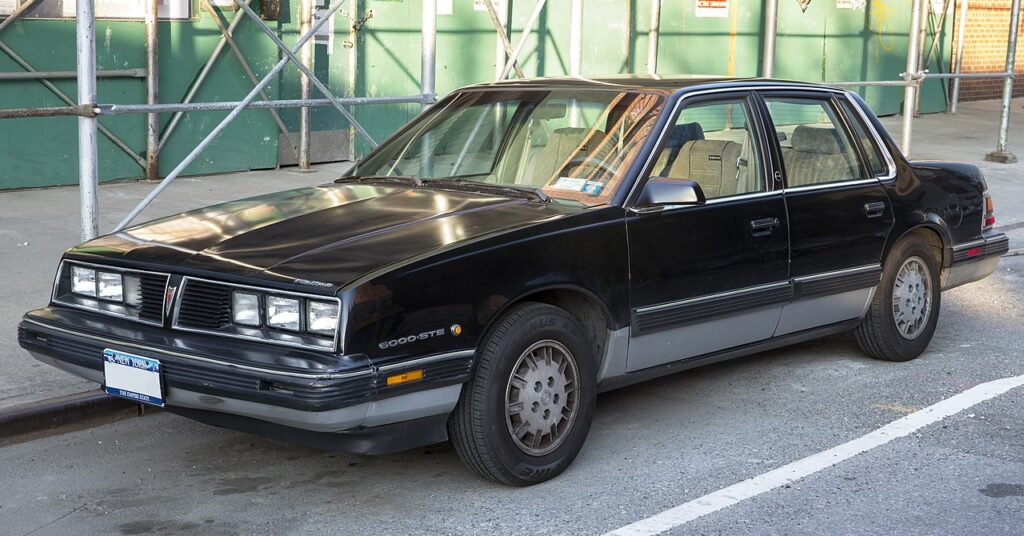
The Pontiac 6000 STE was marketed as a luxury performance sedan with European-inspired handling, but it failed to deliver on its promises. Launched in 1983, the 6000 STE featured a 2.8-liter V6 engine that was adequate but not exciting. The car’s handling, while improved over its domestic competitors, still fell short of European rivals. The interior, though well-equipped, lacked the refinement expected in a luxury vehicle. As a result, the 6000 STE struggled to attract luxury car buyers, and its underwhelming performance and styling led to its eventual fade into obscurity.
Lamborghini Jalpa
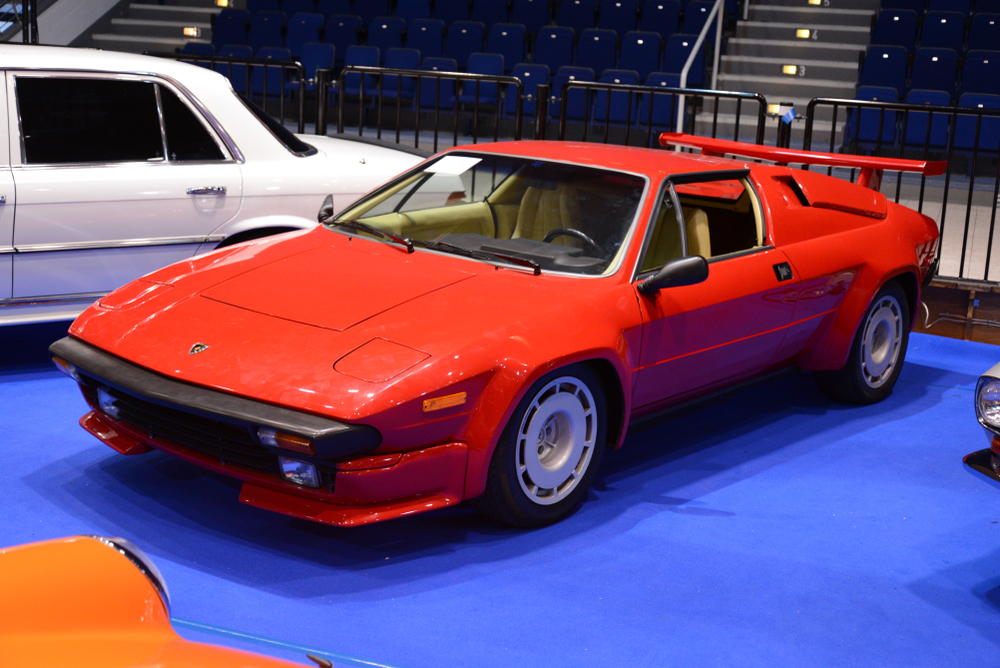
The Lamborghini Jalpa was intended to be a more affordable alternative to the Countach, but it never quite captured the excitement or performance expected from a Lamborghini. Introduced in 1981, the Jalpa was powered by a 3.5-liter V8 engine, which produced 255 horsepower—adequate but far from thrilling. The car’s handling was less precise than its bigger sibling, and its styling, while aggressive, was not as iconic. The Jalpa’s relative lack of power and its high price tag compared to other sports cars of the era made it a disappointment for those seeking the full Lamborghini experience.
Peugeot 505 Turbo
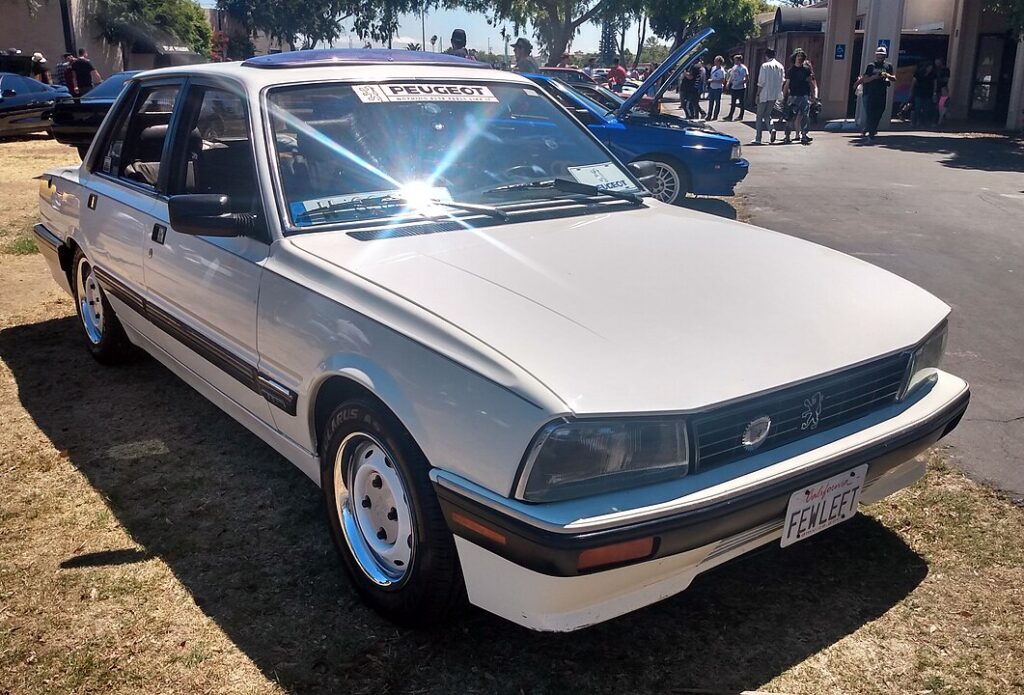
The Peugeot 505 Turbo was a luxury sedan with sporty ambitions, but it failed to stand out in the competitive luxury market of the ’80s. Introduced in 1984, the 505 Turbo featured a turbocharged four-cylinder engine that provided decent performance, but it was not enough to compete with more powerful and refined rivals. The car’s styling was conservative, and its handling, while competent, lacked the sharpness expected in a sports sedan. Additionally, the 505 Turbo was plagued by reliability issues, particularly with its turbo system, leading to a less-than-stellar reputation among luxury car buyers.
Audi Quattro
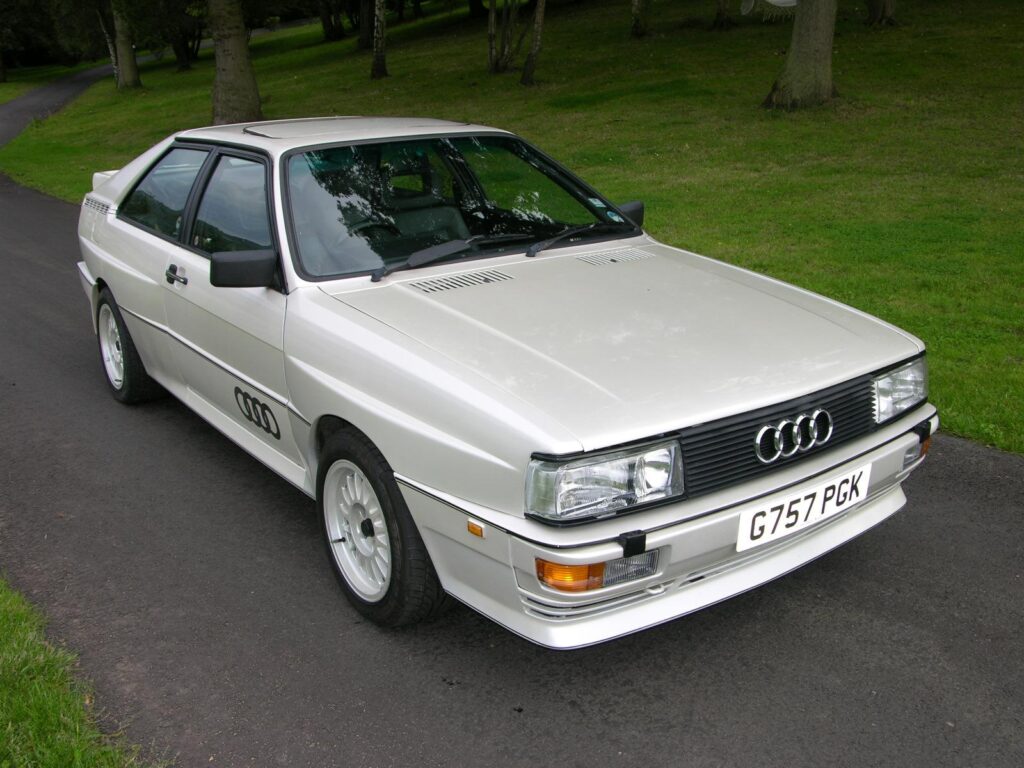
The Audi Quattro revolutionized rally racing with its all-wheel-drive system, but as a luxury sports coupe, it had its shortcomings. While the Quattro’s 2.1-liter turbocharged engine and innovative drivetrain provided excellent performance, the car was heavy and suffered from turbo lag, which dulled its on-road excitement. The interior, while well-built, was not as luxurious as those of its competitors, and the car’s high price limited its appeal. Despite its success in motorsports, the Quattro’s on-road experience left some luxury buyers disappointed, particularly given its cost.
Porsche 928
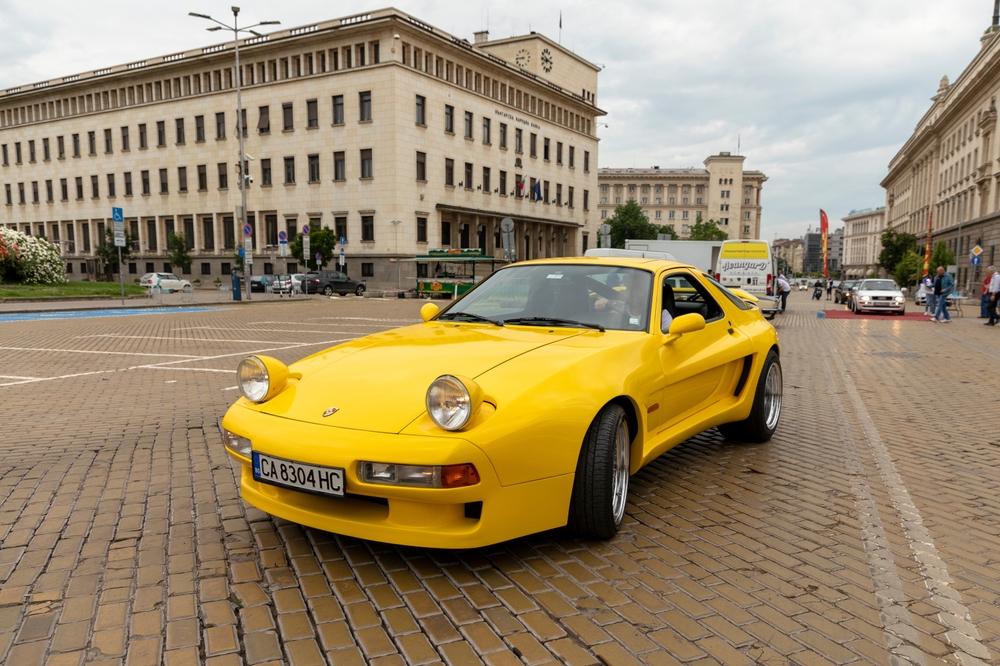
The Porsche 928 was intended to be the brand’s flagship grand tourer, but it never fully resonated with the market. Launched in 1977 and continuing into the ’80s, the 928 featured a front-mounted V8 engine, a departure from Porsche’s traditional rear-engine layout. Despite its advanced technology and luxurious interior, the 928 was criticized for its weight and lack of the nimble handling that Porsche was known for. The car’s high price and its positioning as a luxury GT rather than a pure sports car also limited its appeal, making it a relative disappointment in Porsche’s lineup.
Lancia Thema 8.32
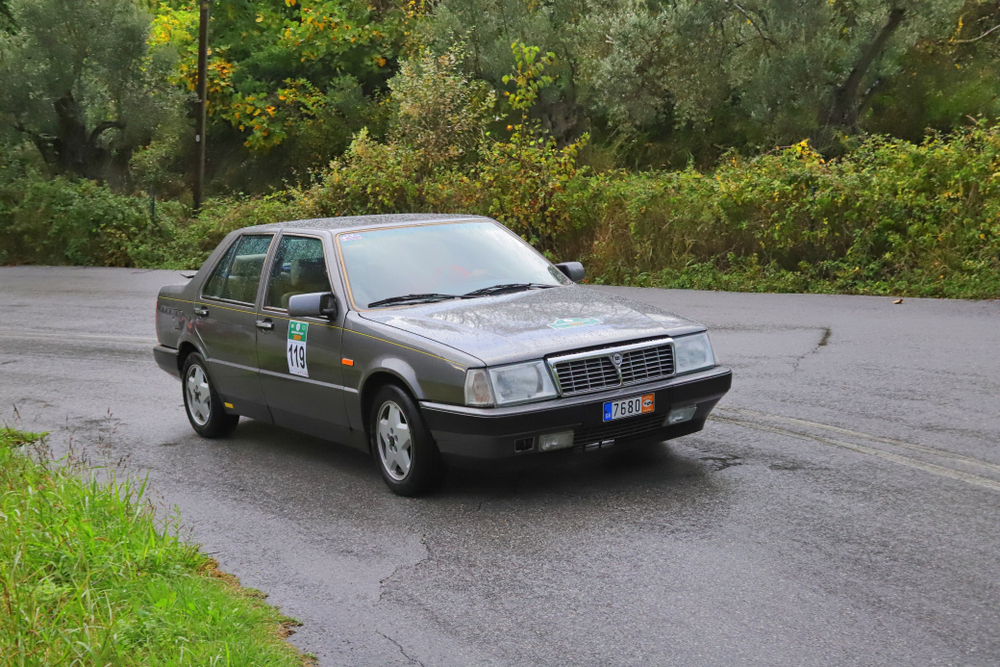
The Lancia Thema 8.32 was an ambitious attempt to blend Italian luxury with Ferrari performance, but it failed to live up to its promise. Introduced in 1986, the Thema 8.32 featured a 3.0-liter Ferrari V8 engine, but it was detuned to produce only 215 horsepower, leading to underwhelming performance. The car’s handling was also compromised by its front-wheel-drive layout, which didn’t suit the powerful engine. Additionally, the Thema 8.32 suffered from typical Italian car reliability issues, making it a disappointment for those who expected a Ferrari-like experience in a luxury sedan.
Ford Thunderbird Turbo Coupe
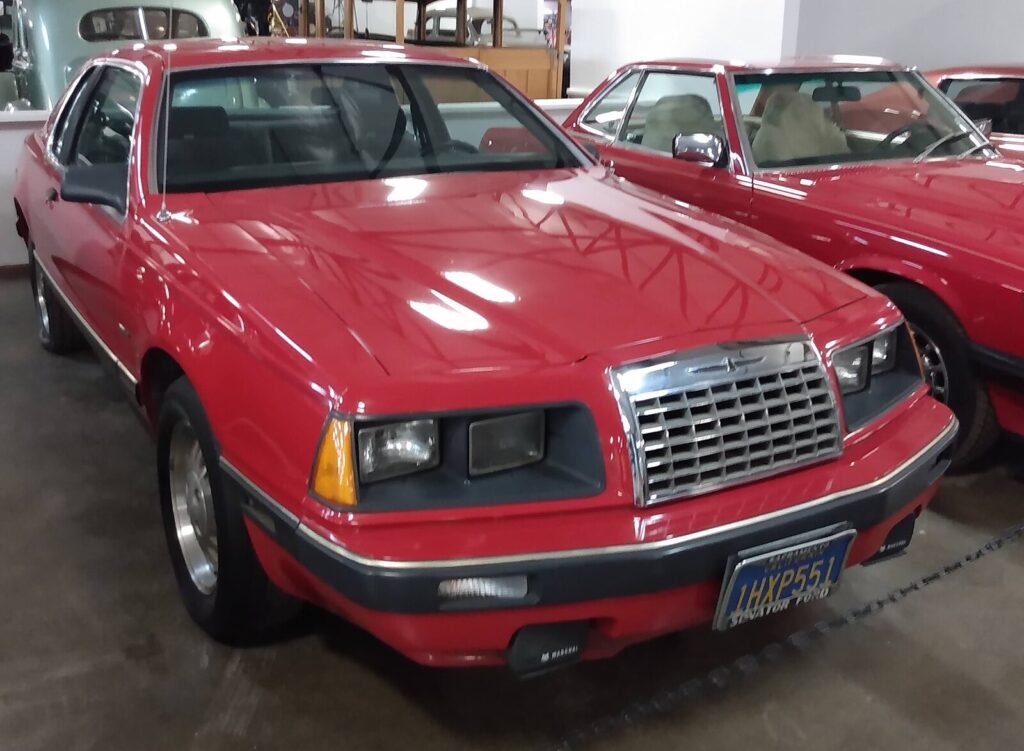
The Ford Thunderbird Turbo Coupe was an attempt to inject some European-inspired performance into the Thunderbird lineup, but it fell short. Launched in 1983, the Turbo Coupe featured a turbocharged 2.3-liter four-cylinder engine, which provided decent power but was hampered by turbo lag and a less-than-smooth power delivery. The car’s handling, while improved over the standard Thunderbird, was still not on par with European rivals. The Turbo Coupe’s styling was also seen as bland, and it failed to capture the attention of performance-oriented luxury buyers, leading to its eventual decline.
Renault Fuego
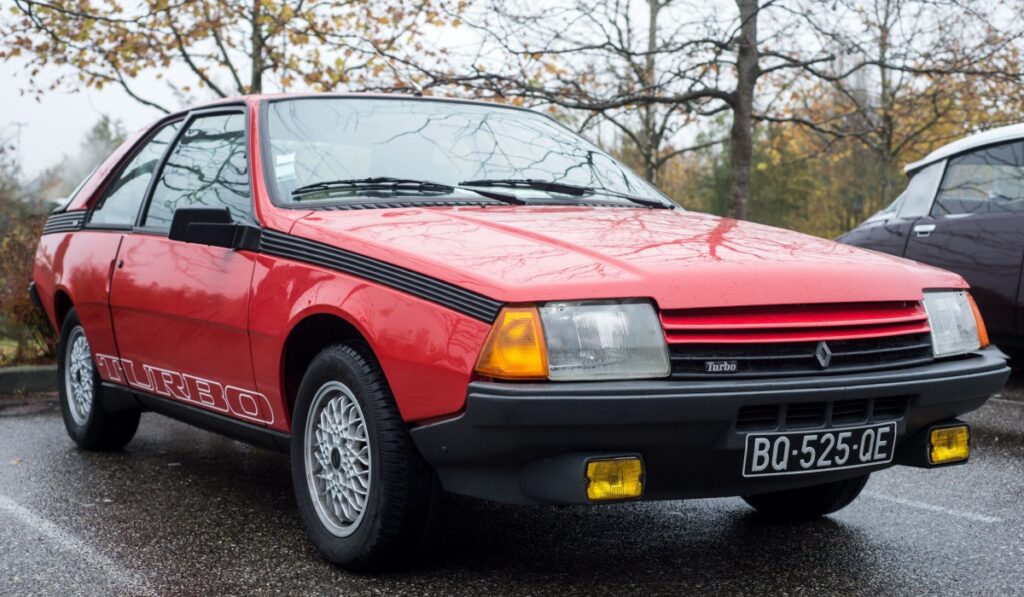
The Renault Fuego was marketed as a sporty, luxury coupe, but it failed to impress in both categories. Introduced in 1980, the Fuego featured a range of four-cylinder engines, including a turbocharged option, but its performance was lackluster compared to its competitors. The car’s handling was also criticized for being vague and unresponsive. The Fuego’s styling, while distinctive, didn’t age well, and its build quality was subpar. These factors, combined with its unimpressive performance, led to disappointing sales and a short production run, making it one of Renault’s less successful ventures in the luxury market.
Toyota Supra (A60)

The Toyota Supra A60, produced from 1981 to 1986, was intended to be a luxury sports car, but it struggled to live up to the expectations set by its name. While the Supra featured a 2.8-liter inline-six engine that provided respectable power, its handling was compromised by its weight and the limitations of its rear-wheel-drive chassis. The car’s styling was also seen as too conservative, lacking the aggressive appeal of its competitors. Despite its potential, the A60 Supra failed to capture the imagination of luxury sports car buyers, leading to its inclusion on this list of disappointing ’80s luxury cars.
This article originally appeared in MyCarMakesNoise.
More from MyCarMakesNoise
15 Astonishing Facts You Didn’t Know About the Porsche 911

The Porsche 911 is more than just a sports car; it’s an icon in the automotive world. Known for its distinctive design and thrilling performance, the 911 has captured the hearts of car enthusiasts for decades. Read More
Top 20 Collectible Military Jeeps and Their Surprising Values

Collecting military jeeps is a fascinating hobby that combines history, engineering, and nostalgia. These iconic vehicles, once vital on the battlefield, now capture the hearts of enthusiasts and collectors alike. Read More
20 Engine-Damaging Habits You Didn’t Know About

Your car’s engine is the heart of your vehicle, and keeping it in good condition is essential for its longevity and performance. However, many drivers unknowingly engage in habits that can cause serious damage over time. Read More


